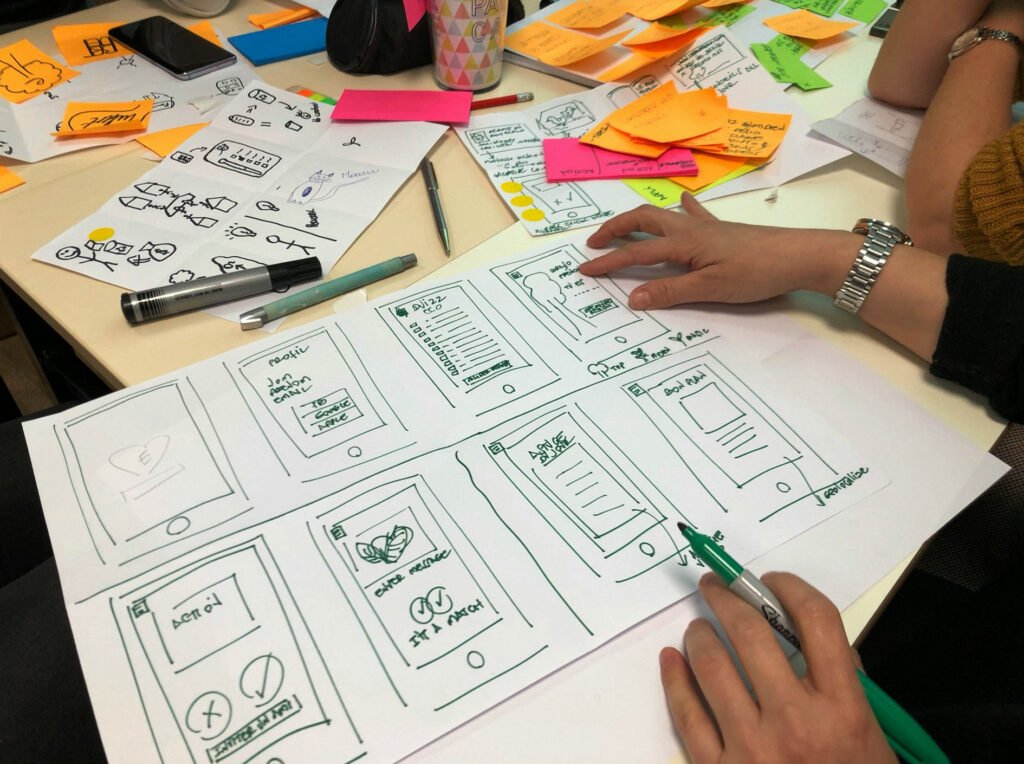Building Narrative Through Multimedia: Beyond Words
Introduction to Non-Textual Narratives Storytelling is a quintessential human experience, traditionally relying on text and spoken language to convey emotion, meaning, and context. However, the emergence of non-textual narratives has significantly broadened the landscape of storytelling, allowing creators to employ images, sounds, and interactive elements to construct their narratives. This shift in narrative form challenges […]
Building Narrative Through Multimedia: Beyond Words Read More »








